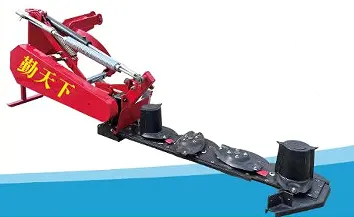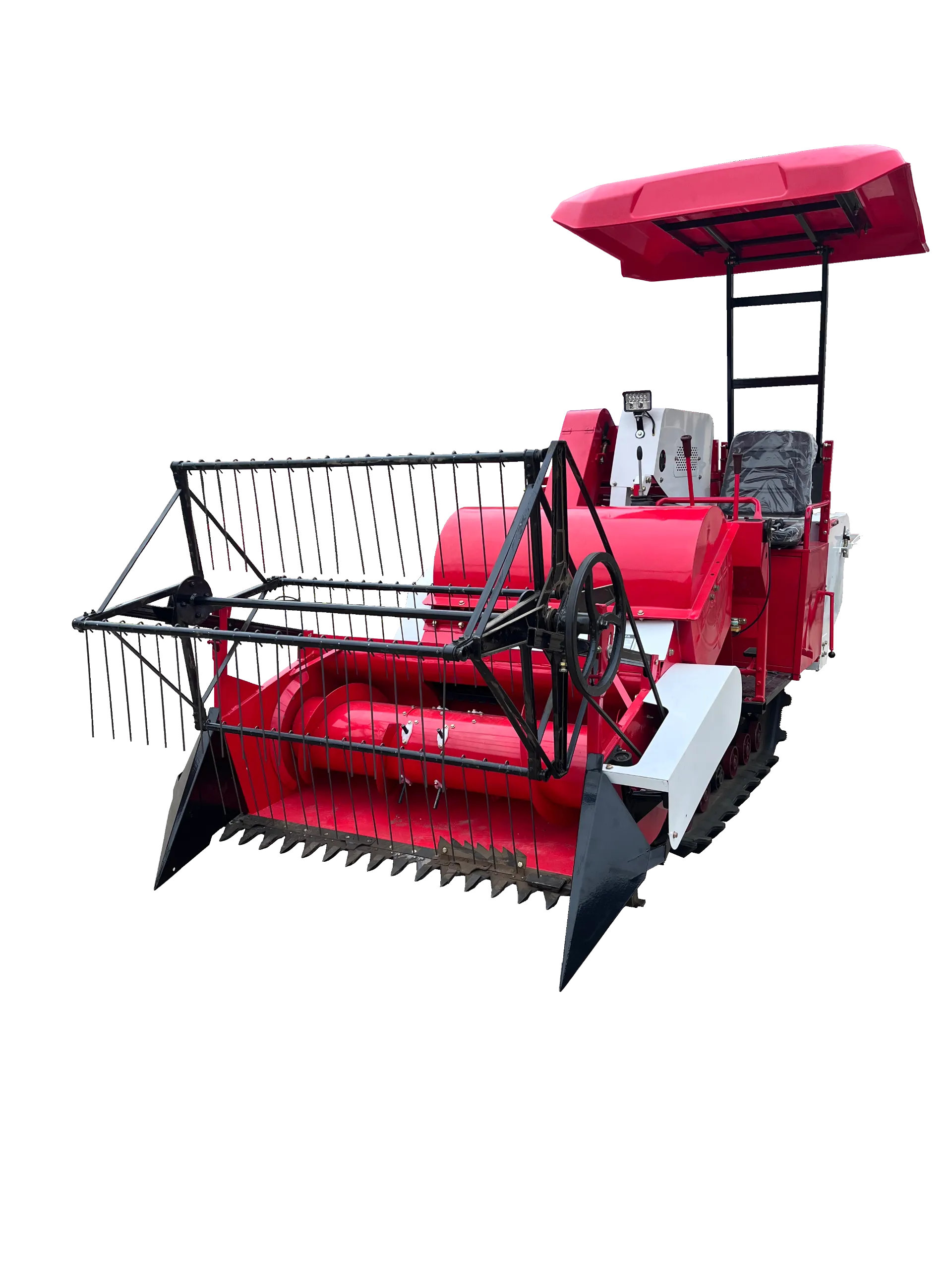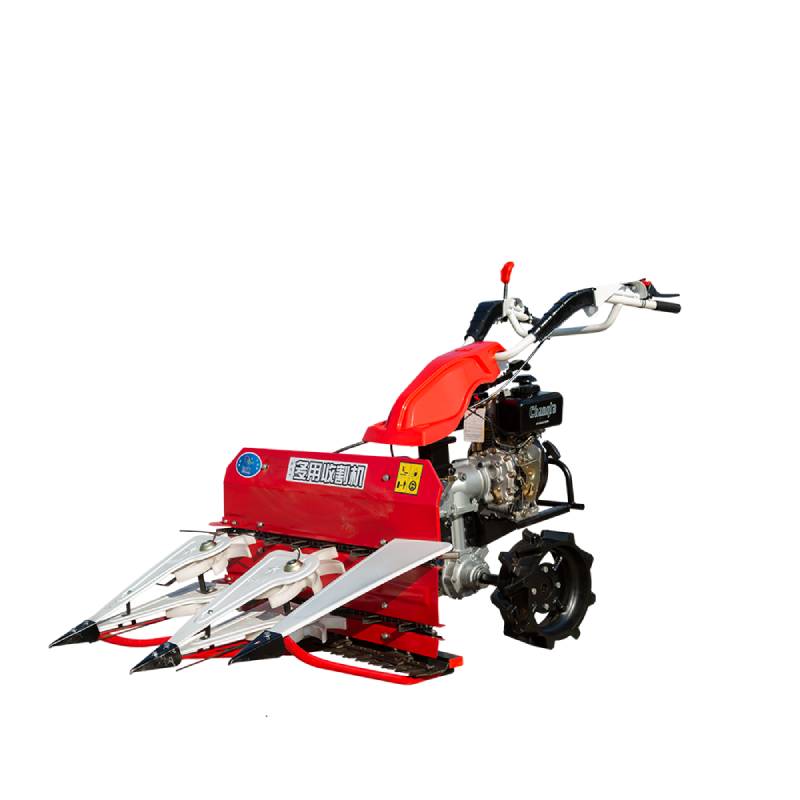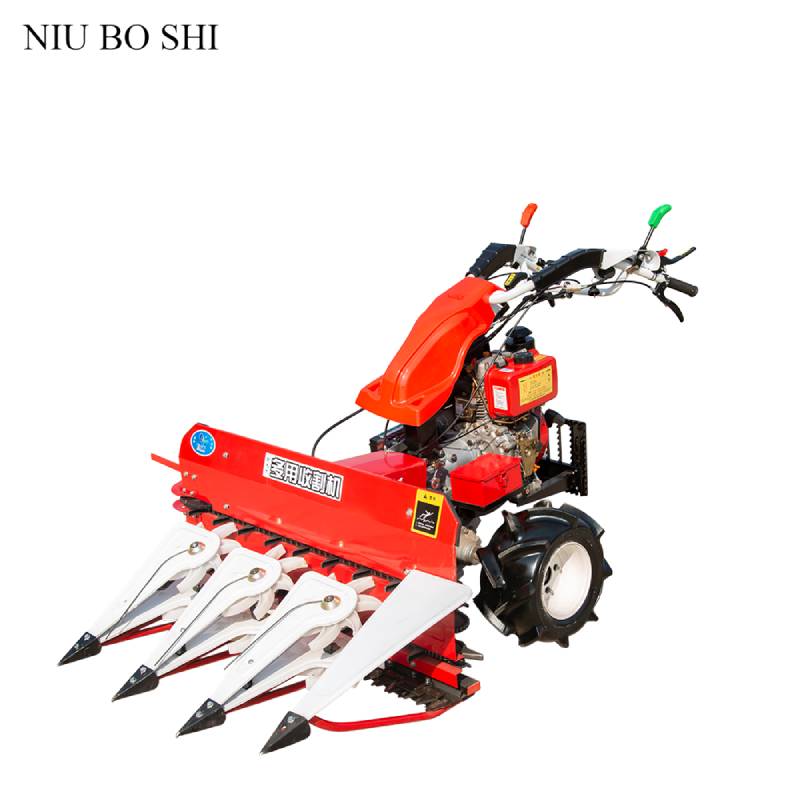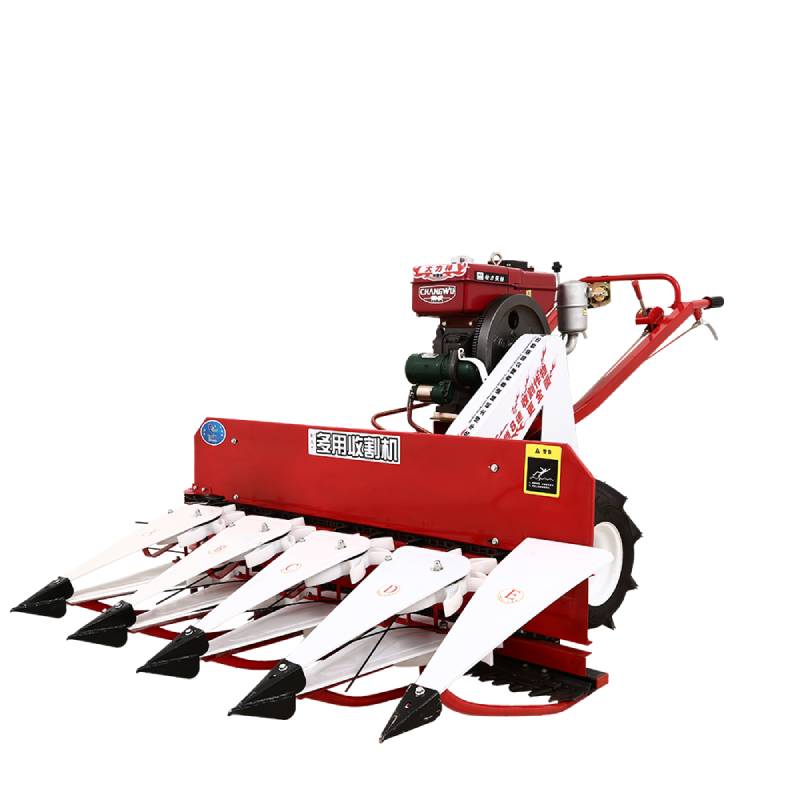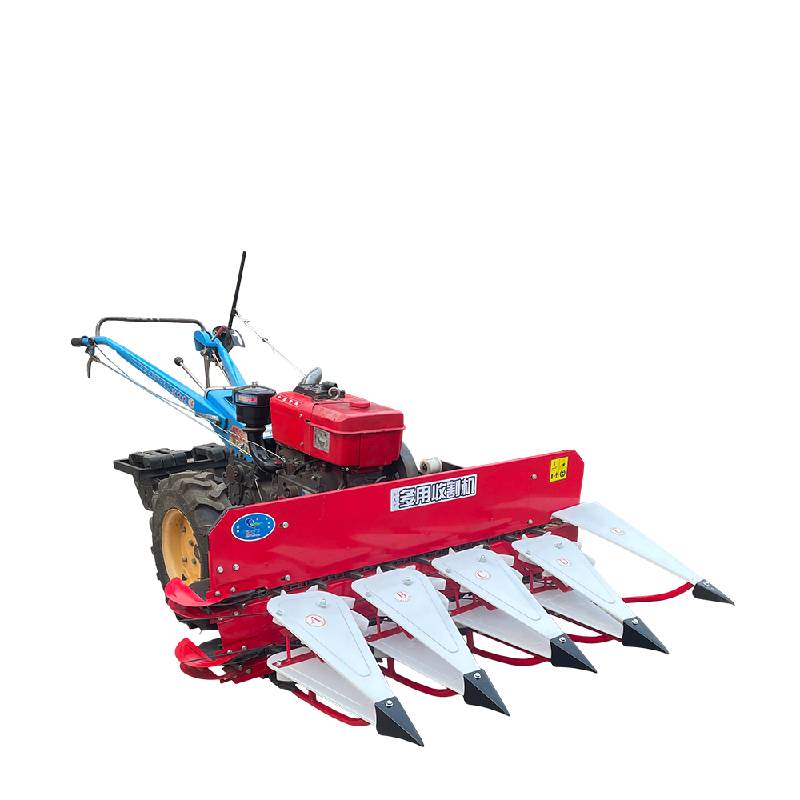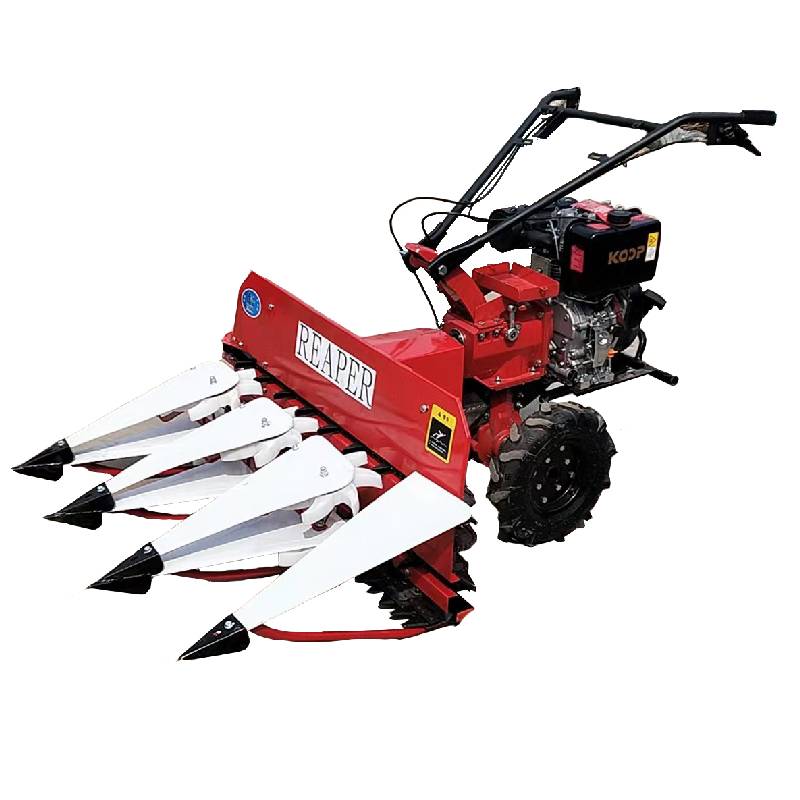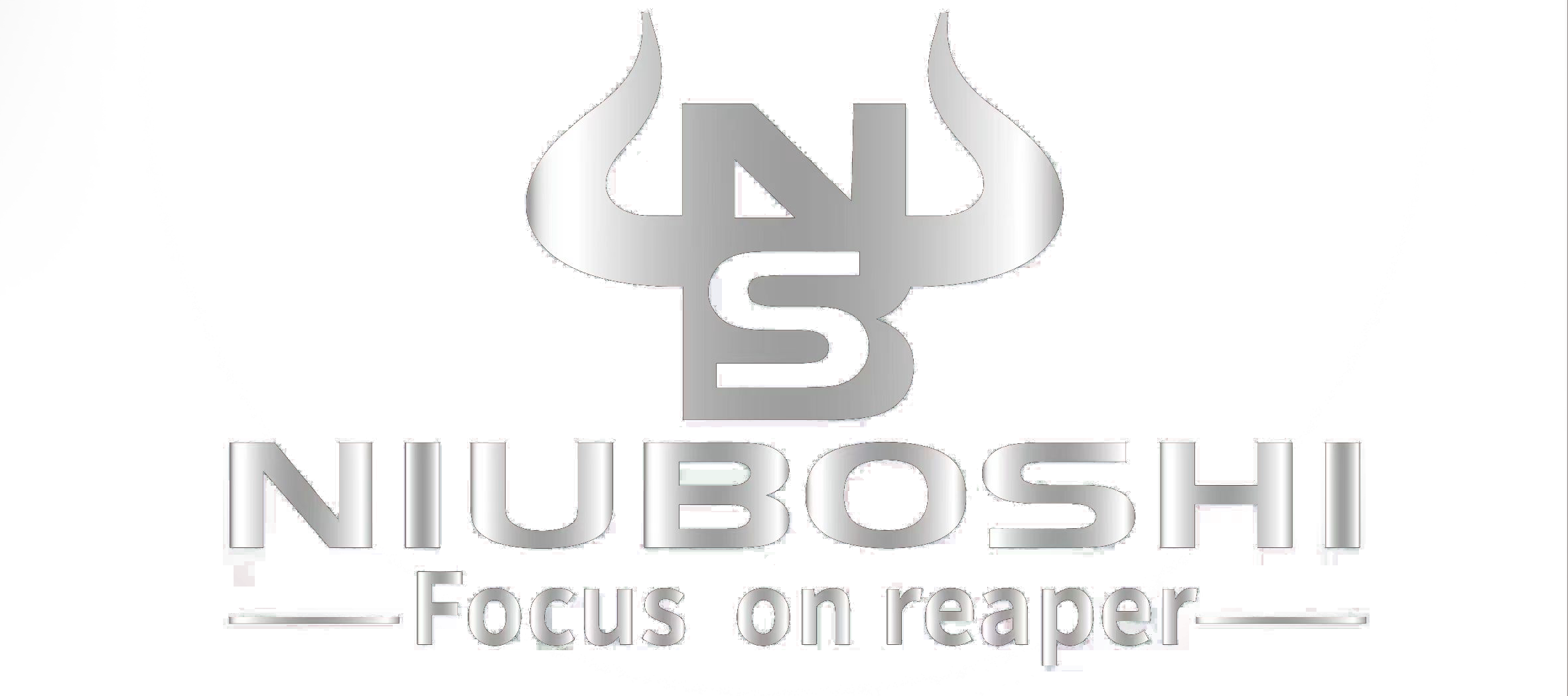
Reaperbinder: Efficient Rice & Crop Cutting Machine Price
The Evolving Landscape of Agricultural Mechanization: Focusing on Reaper-Binders
The global agricultural sector is undergoing a profound transformation, driven by the imperative to enhance productivity, optimize resource utilization, and address labor shortages. Central to this evolution is the increasing adoption of advanced farm machinery. Among these innovations, the reaperbinder stands out as a critical tool, bridging the gap between traditional manual harvesting and large-scale combine operations. This machine efficiently cuts and binds crops, significantly reducing post-harvest losses and labor requirements, particularly for smaller farms or specific crop types. Current trends indicate a surging demand for compact, versatile, and fuel-efficient harvesting solutions, pushing manufacturers to innovate in design, materials, and smart functionalities. The emphasis is now on machines that offer precision, durability, and ease of maintenance, ensuring a higher return on investment for farmers.
This technological shift is reshaping agricultural practices, enabling farmers to achieve higher yields with less effort and in shorter timeframes. The integration of robust engineering with practical field application is paramount. As global food demand continues to rise, the role of efficient harvesting machinery like the reaperbinder becomes even more critical in securing food supply chains and supporting sustainable agricultural development. Furthermore, the market is seeing a growing interest in adaptable solutions that can handle diverse terrains and crop varieties, moving beyond single-purpose designs towards multifunctional agricultural implements, directly impacting the overall reaper cutting machine price versus value proposition.
Crafting Excellence: The Reaperbinder Manufacturing Process
The production of a high-performance reaperbinder, such as the Niuboshi Small Combine Harvester, involves a meticulous multi-stage manufacturing process designed to ensure durability, efficiency, and reliability in challenging agricultural environments. This journey begins with the selection of high-grade materials, primarily specialized alloys for structural components and high-carbon steel for cutting blades to withstand abrasive conditions and repeated impacts during the reaper cutting process. Engine components often utilize cast iron or aluminum alloys, chosen for their heat dissipation properties and strength-to-weight ratio. The precision of each component is vital, influencing the overall performance and lifespan of the machine.
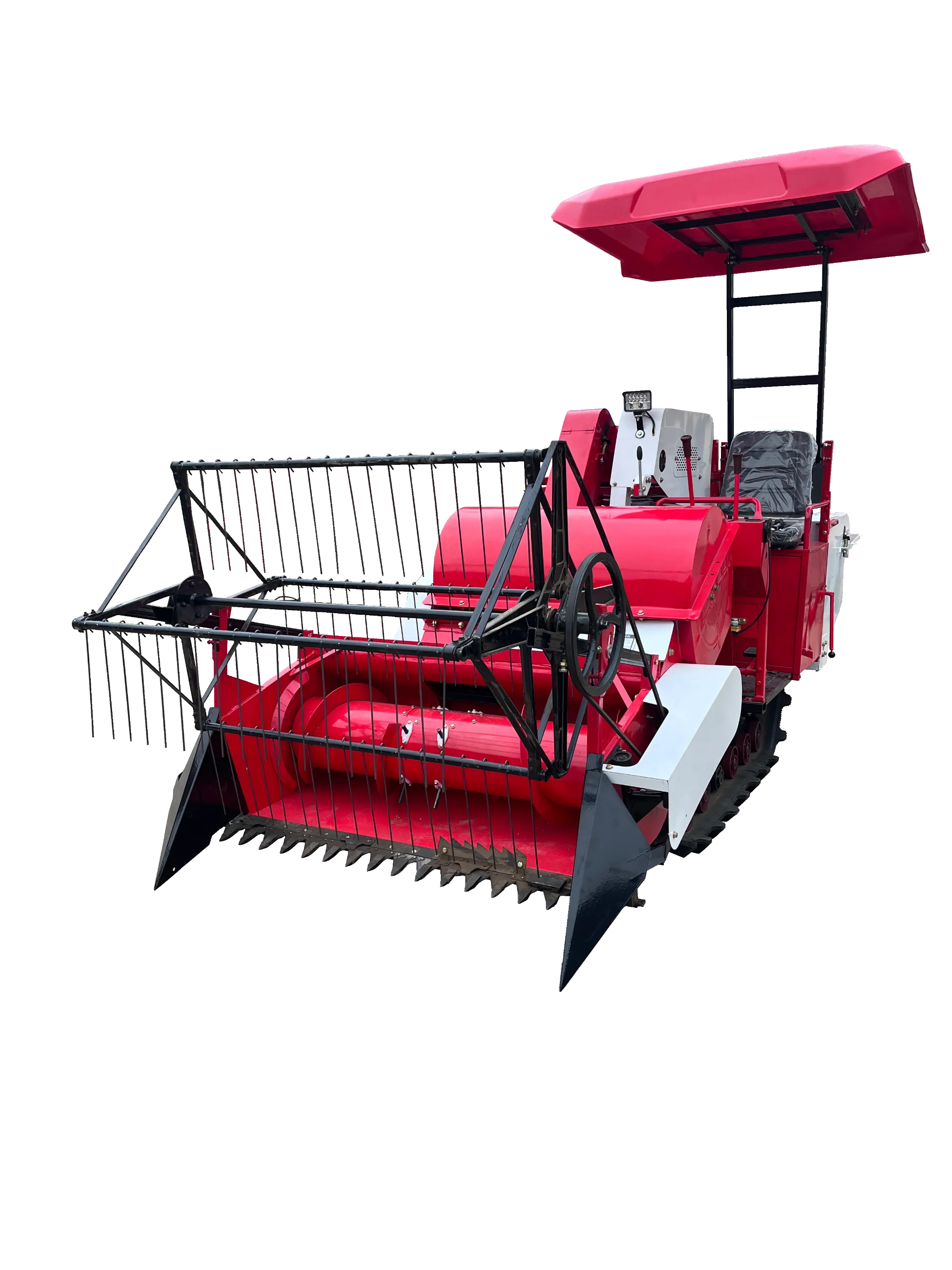
Image: Precision-engineered cutting mechanism of a modern reaperbinder.
Manufacturing processes are rigorously controlled, incorporating advanced techniques such as CNC machining for precise component fabrication, ensuring minimal tolerances for critical parts like gears and bearings. Laser cutting and robotic welding are employed for structural integrity and consistent quality. Heat treatment processes, including quenching and tempering, are applied to components like blades and shafts to enhance their hardness, wear resistance, and overall toughness. Each stage adheres to stringent international quality standards, including ISO 9001 for quality management systems and ISO 14001 for environmental management, alongside relevant national agricultural machinery safety standards. For instance, critical parts are subject to non-destructive testing (NDT) such as ultrasonic testing and magnetic particle inspection to detect any hidden defects.
The projected operational lifespan of a well-maintained reaper machine like the Niuboshi model, built to these standards, typically exceeds 8-10 years under regular use. Its robust construction ensures high resistance to corrosion and mechanical stress. In typical application scenarios, especially in rice and wheat fields, this reaper machine excels by providing efficient harvesting with minimal grain loss, even in challenging conditions. The precise cutting and binding mechanism not only speeds up harvesting but also ensures the collected crop is neatly bundled, simplifying subsequent processes and reducing manual labor significantly, leading to substantial operational cost savings for farmers.
Technical Parameters: Understanding Reaperbinder Performance
Selecting the right reaperbinder hinges on a thorough understanding of its technical specifications, which directly correlate to its field performance and suitability for various agricultural needs. The Niuboshi Small Combine Harvester, designed for efficiency and versatility, showcases a blend of power and precision. Below is a detailed table outlining key parameters that define the capabilities of a typical high-quality reaper machine.
| Parameter | Typical Range / Value | Impact on Performance |
|---|---|---|
| Engine Power | 8 - 15 HP (Diesel) | Determines cutting force and operational speed, crucial for dense crops. |
| Cutting Width | 1000 - 1500 mm | Affects area coverage per pass; wider is faster for large fields. |
| Working Efficiency | 0.3 - 0.7 acres/hour | Overall speed of harvest; higher efficiency reduces operational time. |
| Grain Loss Rate | < 1% | Measures how much crop is wasted; lower is better for yield. |
| Fuel Consumption | 0.5 - 1.0 L/hour | Indicates operational cost; lower consumption is more economical. |
| Machine Weight | 250 - 400 kg | Affects maneuverability and ground pressure, important for soft soils. |
| Cutting Height Range | 50 - 150 mm | Adjustability for different crop heights and terrain variations. |
Understanding these technical aspects is crucial for agricultural professionals and farm managers when evaluating a reaper cutting machine price against its performance capabilities. A higher engine power ensures consistent operation in varied field conditions, while a lower grain loss rate maximizes yield per acre. The efficiency metrics provide a direct measure of productivity, allowing for better planning of harvest cycles. These parameters collectively determine the long-term value and operational cost-effectiveness of a rice reaper machine, empowering users to make informed procurement decisions that align with their specific farming objectives and budget constraints.
Application Scenarios and Technical Advantages
The versatility of a modern reaperbinder makes it indispensable across diverse agricultural landscapes, particularly for crops like rice, wheat, soybean, and forage grasses. It is ideally suited for small to medium-sized farms, terraced fields, and regions with challenging topographies where larger combine harvesters cannot operate effectively. Beyond traditional grain harvesting, these machines are increasingly utilized in seed production fields where careful handling and minimal seed loss are paramount. The ability to cut and bind simultaneously dramatically reduces post-harvest handling, making it highly efficient for fodder collection or preparing crops for further processing.
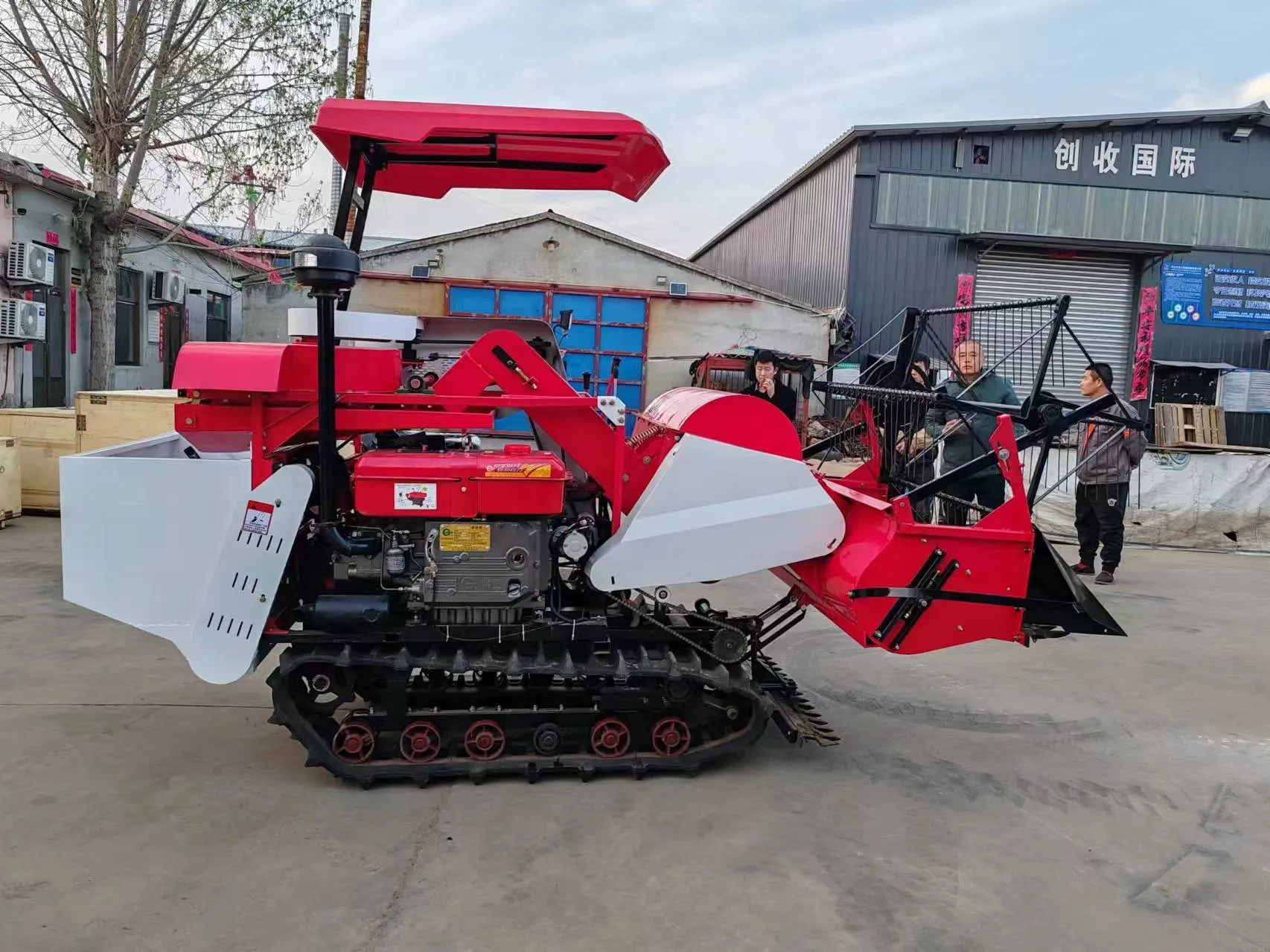
Image: A reaperbinder efficiently working in a rice paddy.
Technologically, the advantages of Niuboshi's reaper machine are multifaceted. Its robust power transmission system ensures consistent cutting even in dense or lodged crops, minimizing blockages and maximizing uptime. The adjustable cutting height mechanism allows farmers to adapt to varying crop heights and field conditions, optimizing stem length for binding and subsequent processes. Furthermore, the intuitive control panel and ergonomic design enhance operator comfort and reduce fatigue during long working hours. This attention to user experience translates into higher productivity and reduced operational errors.
A key technical advantage lies in the precision of the binding mechanism. Unlike manual bundling, the machine ensures uniform bundle size and tightness, which is critical for efficient transportation, drying, and threshing. This consistency significantly lowers labor costs associated with manual bundling, offering a compelling proposition for farms aiming to modernize their operations. The compact footprint of a small combine harvester like the Niuboshi reaperbinder allows it to maneuver in tight spaces, significantly increasing the harvestable area in irregularly shaped fields, thereby maximizing yield and land utilization.
Manufacturer Comparison and Niuboshi's Competitive Edge
In the highly competitive agricultural machinery market, discerning the right manufacturer for a reaperbinder requires a detailed analysis of product quality, innovation, after-sales support, and overall value. While several companies offer reaper cutting machine price points across various segments, Niuboshi distinguishes itself through a commitment to robust engineering and customer-centric design. Many generic models prioritize low initial cost but often compromise on material quality and component durability, leading to higher maintenance costs and shorter operational lifespans. In contrast, Niuboshi focuses on a balanced approach, providing an optimal blend of performance, reliability, and long-term cost-effectiveness.
| Feature/Aspect | Niuboshi Small Combine Harvester | Generic Market Options |
|---|---|---|
| Material Quality | High-grade steel alloys, precision forged components. | Standard carbon steel, lower alloy content, prone to faster wear. |
| Engine Reliability | Renowned diesel engines with extended lifespan and fuel efficiency. | Varied quality, sometimes lesser-known brands, higher fuel consumption. |
| After-Sales Support | Comprehensive global support network, readily available spare parts, technical assistance. | Limited or regional support, parts availability can be an issue. |
| Innovation & Ergonomics | User-centric design, adjustable features, enhanced safety protocols. | Basic design, fewer adjustable components, less focus on operator comfort. |
| Certification & Compliance | Meets international standards (e.g., CE, ISO for manufacturing). | May only meet minimum local standards, or lack clear certification. |
Niuboshi’s competitive edge is further cemented by its authoritative certifications and a proven track record. The company has served the agricultural sector for over 15 years, building a reputation for durable and efficient machinery. Every Niuboshi rice reaper machine undergoes rigorous field testing before market release, ensuring performance under various real-world conditions. This commitment to quality and comprehensive support translates into lower total cost of ownership (TCO) for farmers, making Niuboshi a preferred partner for long-term agricultural investment.
Customized Solutions and Real-World Application Cases
Recognizing that agricultural needs are diverse, Niuboshi offers customized solutions for its reaperbinder models to meet specific regional requirements, crop types, or operational scales. This includes variations in cutting width, engine power options, and specialized attachments for particular harvesting conditions, such as those in extremely wet or dry fields. Our technical team works closely with clients to understand their unique challenges, providing tailored recommendations that optimize machine performance and maximize yield. This bespoke approach ensures that clients receive a reaper machine that is perfectly aligned with their operational demands.
A notable application case involves a large agricultural cooperative in Southeast Asia that needed an efficient solution for harvesting both high-yield rice and a specific variety of forage grass on undulating terrain. Their existing equipment, primarily larger combine harvesters, struggled with maneuverability and high grain loss in these conditions. After consulting with Niuboshi, they invested in several Niuboshi Small Combine Harvesters with customized cutting height adjustments and specialized traction systems. The immediate impact was a 15% reduction in grain loss for rice and a 20% increase in harvesting speed for forage, leading to significant cost savings and improved crop quality.
Another example comes from a small farm in a mountainous region where conventional reaper cutting methods were labor-intensive and inefficient due to fragmented land parcels. The farmer adopted a Niuboshi reaperbinder, noting its compact size and easy maneuverability. This dramatically reduced their reliance on manual labor, allowing them to complete harvests in a fraction of the time, even on steep slopes. Customer feedback consistently highlights the machine's robust build, minimal downtime, and the responsive support from Niuboshi's technical team, further underscoring the practical benefits and reliability in real-world agricultural scenarios.
Trust and Transparency: FAQs, Delivery, and Support
Building trust with B2B clients is paramount, and Niuboshi is committed to full transparency regarding product specifications, delivery logistics, and after-sales support for every reaperbinder. We understand that reliability extends beyond the machine itself to the entire purchasing and operational experience.
Frequently Asked Questions (FAQs):
-
Q: What is the typical delivery period for a Niuboshi Small Combine Harvester?
A: Standard delivery for most reaper machine models is typically 15-30 business days after order confirmation, depending on customization requirements and destination. Expedited options are available upon request. -
Q: What warranty does Niuboshi offer on its reaperbinders?
A: We offer a comprehensive 12-month warranty on all major components of our reaperbinder units, covering manufacturing defects and material failures. Extended warranty options can be discussed for specific projects. -
Q: How can I access technical support or spare parts?
A: Niuboshi provides dedicated technical support via phone, email, and online chat. Our extensive network of service centers and spare parts depots ensures quick access to genuine components, minimizing downtime for your reaper machine. -
Q: Is training available for operators?
A: Yes, we offer comprehensive operational and maintenance training programs, either virtually or on-site, to ensure your team can maximize the efficiency and longevity of the reaper machine.
Our commitment to quality extends through the entire product lifecycle. Each Niuboshi reaper cutting machine price reflects not just the initial investment but also the assured longevity and dedicated support. We aim to be a reliable partner in your agricultural success, providing not just machinery, but complete solutions backed by robust customer service and a clear pathway to support.
References
- Smith, J. A., & Green, L. P. (2022). "Advances in Small-Scale Agricultural Mechanization for Sustainable Farming." Journal of Agricultural Engineering and Technology, 15(3), 112-128.
- Agricultural Productivity Institute. (2023). "Global Trends in Crop Harvesting Efficiency and Post-Harvest Loss Mitigation." Research Report No. 45, 76-91.
- International Journal of Farm Equipment Research. (2021). "The Role of Compact Harvesting Machines in Developing Economies: A Case Study of Reaper-Binders." 8(2), 201-215.
- Food and Agriculture Organization of the United Nations (FAO). (2023). "Mechanization for Sustainable Agriculture." FAO Publications, Rome.
Latest news
-
When to Upgrade Your Old Forage HarvesterNewsJun.05,2025
-
One Forage Harvester for All Your NeedsNewsJun.05,2025
-
Mastering the Grass Reaper MachineNewsJun.05,2025
-
How Small Farms Make Full Use of Wheat ReaperNewsJun.05,2025
-
Harvesting Wheat the Easy Way: Use a Mini Tractor ReaperNewsJun.05,2025
-
Growing Demand for the Mini Tractor Reaper in AsiaNewsJun.05,2025
